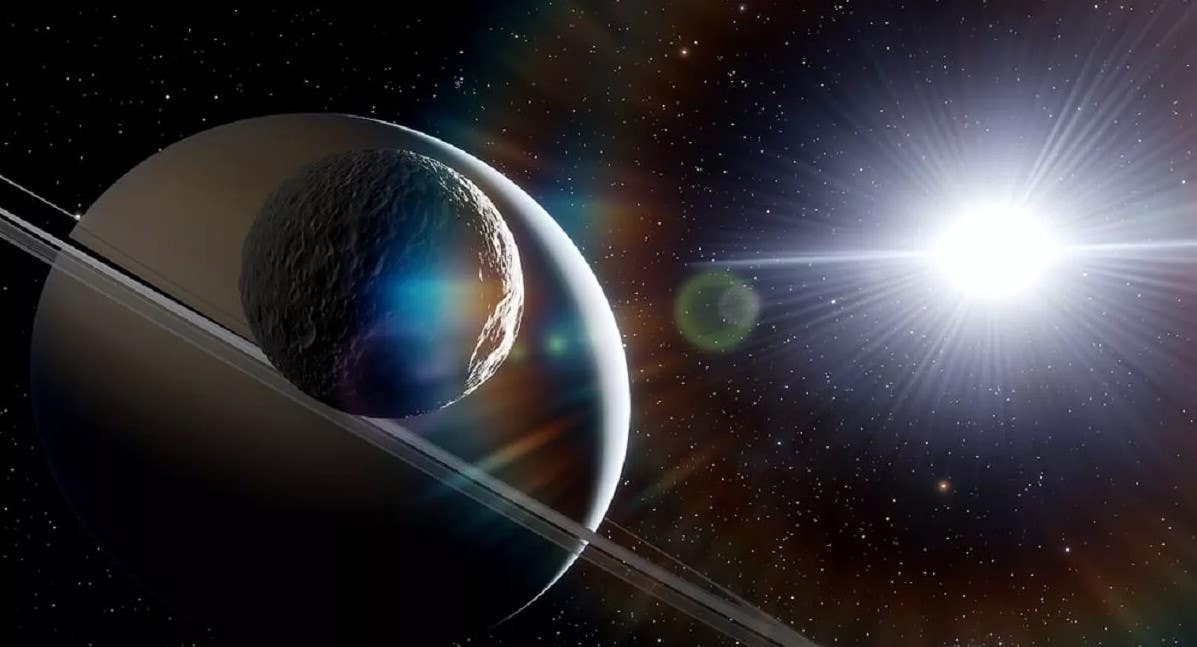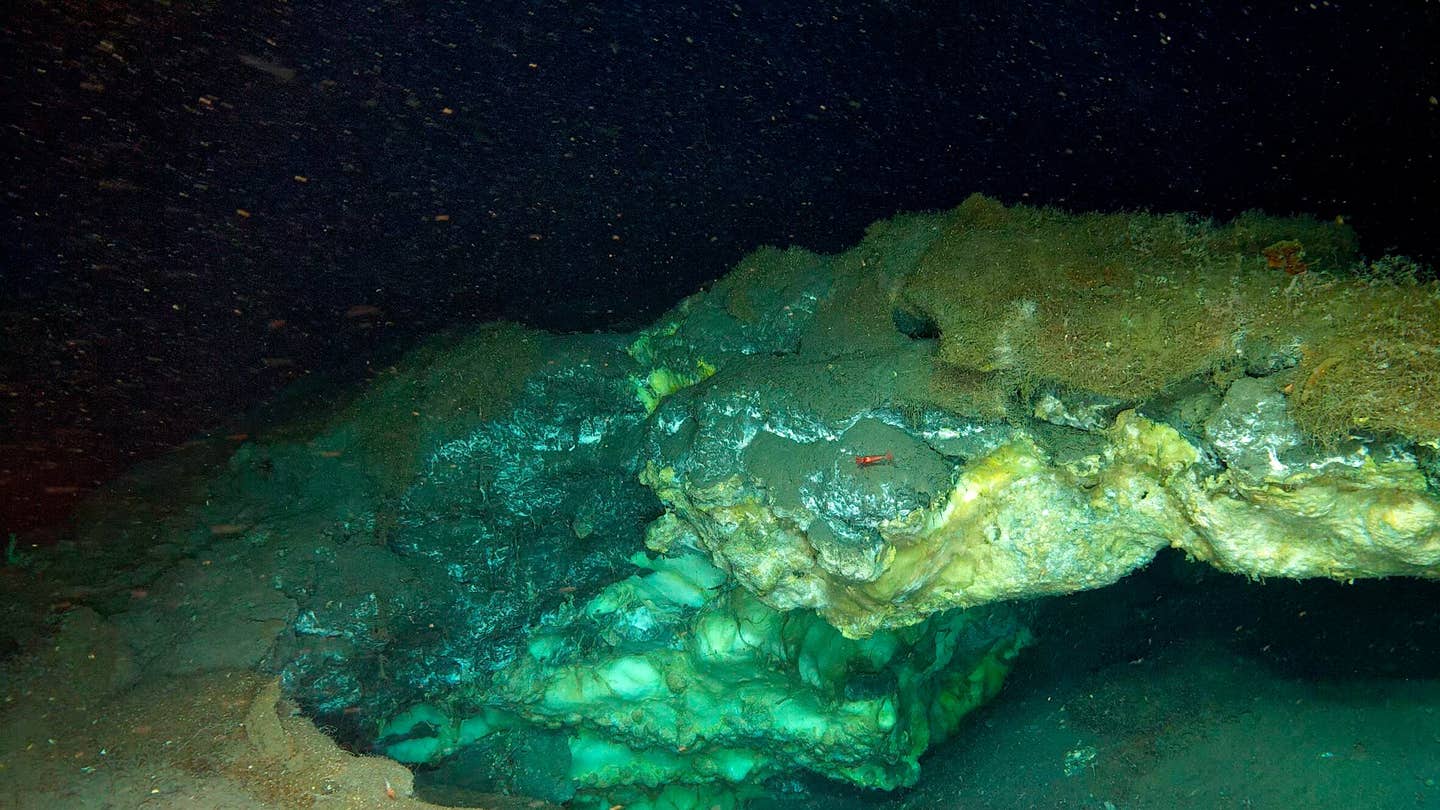Saturn’s moon Mimas may have water under its icy surface
According to a study by a team of scientists, Saturn’s mini-moon Mimas may have a “liquid water ocean beneath a 24-31 km thick ice shell”.

[Jan 23, 2022: Joshua Shavit, The Brighter Side of News]
The Cassini spacecraft, in the last days of its mission, detected libration, a wobble in Mimas' axis of rotation. (CREDIT: Aleksandr Morrisovich / Shutterstock)
According to a study by a team of scientists published in the journal Icarus, Saturn's mini-moon Mimas may have a "liquid water ocean beneath a 24-31 km thick ice shell".
Cassini is a space probe named after Italian-French astronomer Giovanni Cassini and is part of the Cassini-Huygens space-research mission that studies Saturn. Cassini was launched on 15 October 1997 and ended its mission on 15 September 2017.
In the last days of its mission, Cassini detected libration, a wobble in the satellite's axis of rotation that could indicate geological activity capable of supporting an interior ocean.
Worlds with interior oceans are called Interior Water Ocean Worlds (IWOWs) and tiny Mimas will join the likes of Europa, Enceladus, and Titan, meaning that the list of IWOWs in our solar system is growing.
Related Stories
Mimas' surface is covered with craters, so the scientists did not believe there could be an ocean present. On Enceladus and Europa, the icy surface is cracked and has other signs of geological activity.
Each time scientists discover another IWOW, it brings up the possibility of life on a planet, there needs to be an active interface between water and rocks. Mimas' density suggests if there's heat, then interactions between water and rocks can supply the necessary ingredients for life.
Mimas, the ‘Death Star’ Moon
If this study is confirmed, then Saturn's "Death Star moon" will represent a new class of ocean worlds with a surface that does not possess any external signs of the existence of huge volumes of liquid water.
The reason Mimas is likened to Death Star is that it has a large, complex structure crater, with about the same relative size and location to the super laser on the Death Star. The Cassini division, the largest gap in Saturn’s rings, is caused by Mimas, the smallest possible round moon.
This moon, with a diameter of 240 miles, seems to have no tidal heating, which is odd considering its close distance to Saturn. Mimas has a much smaller rock fraction than Enceladus, which means Mimas is likely to have less radiogenic heating.
Note: Materials provided above by the The Brighter Side of News. Content may be edited for style and length.
Like these kind of feel good stories? Get the Brighter Side of News' newsletter.
Tags: #New_Discoveries, #Astronomy, #Space, #Planets, #Saturn, #Moons, #Water, #Research, #Science, #The_Brighter_Side_of_News



